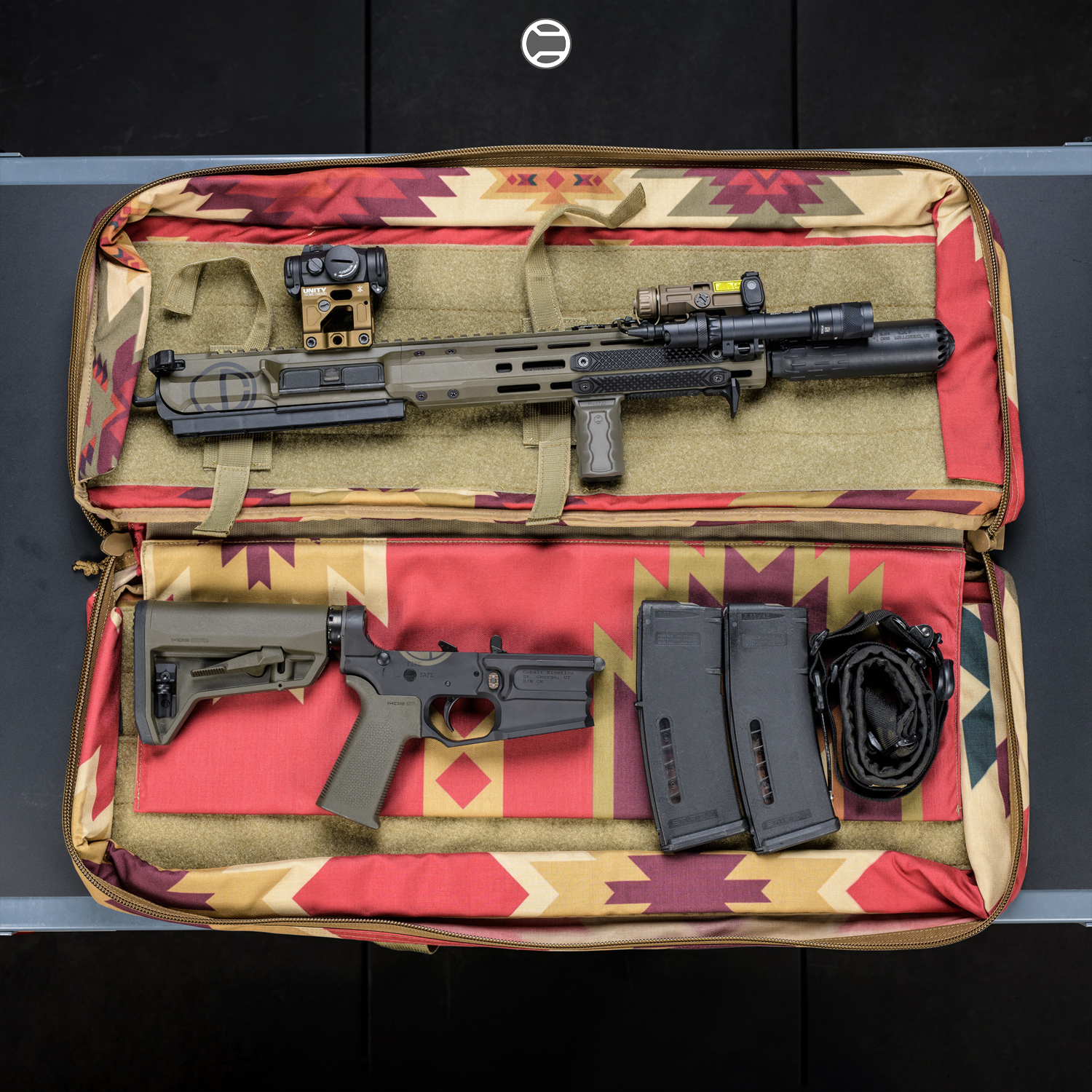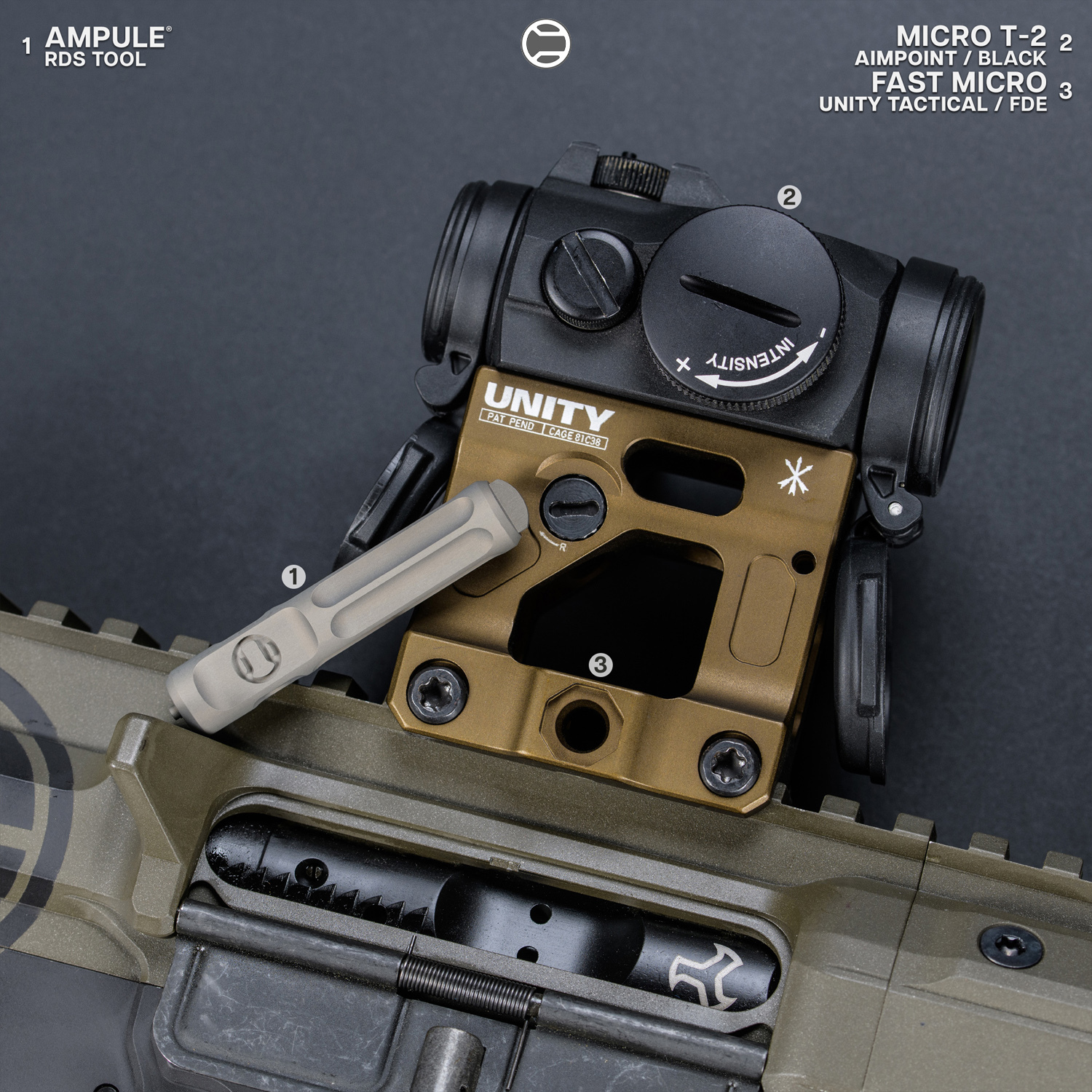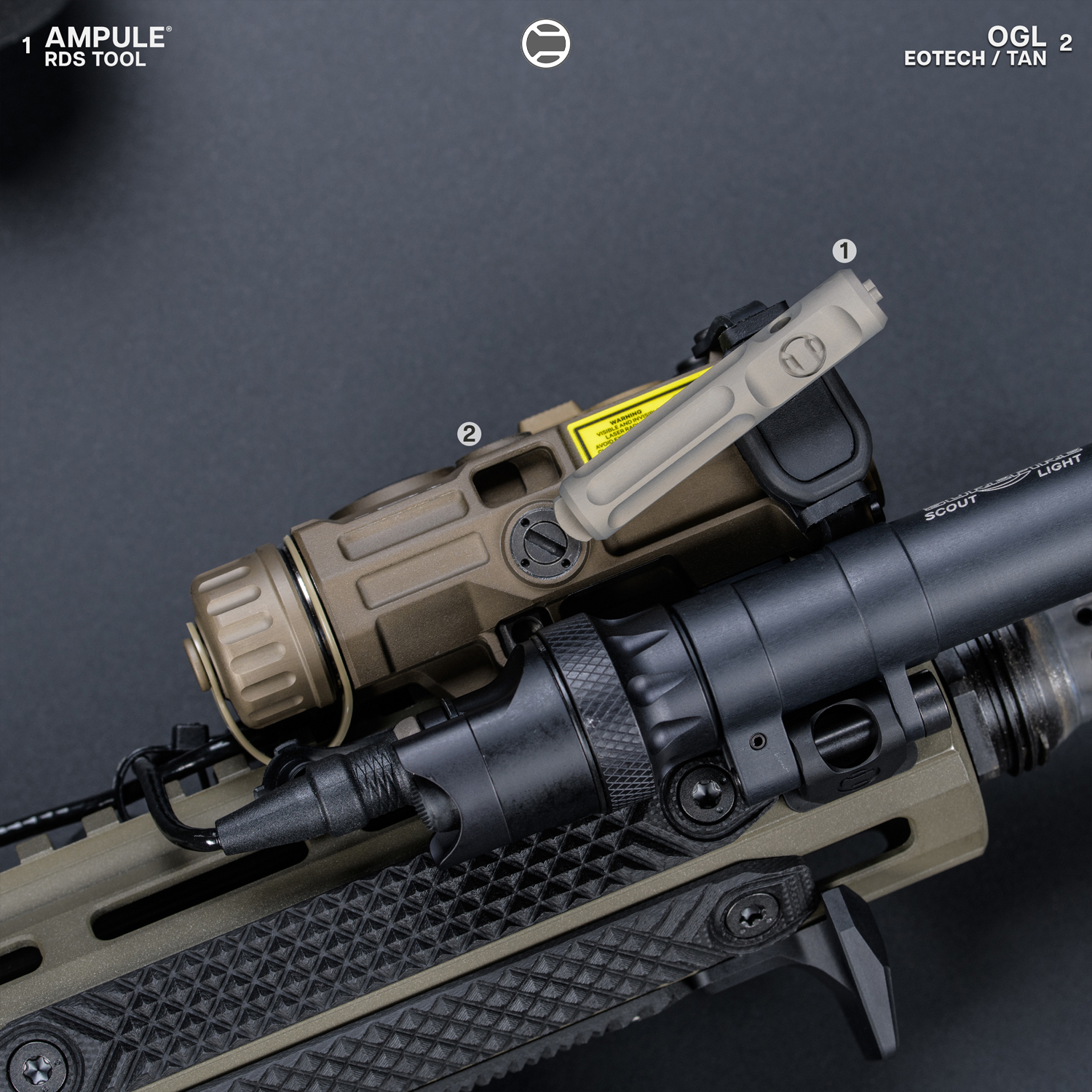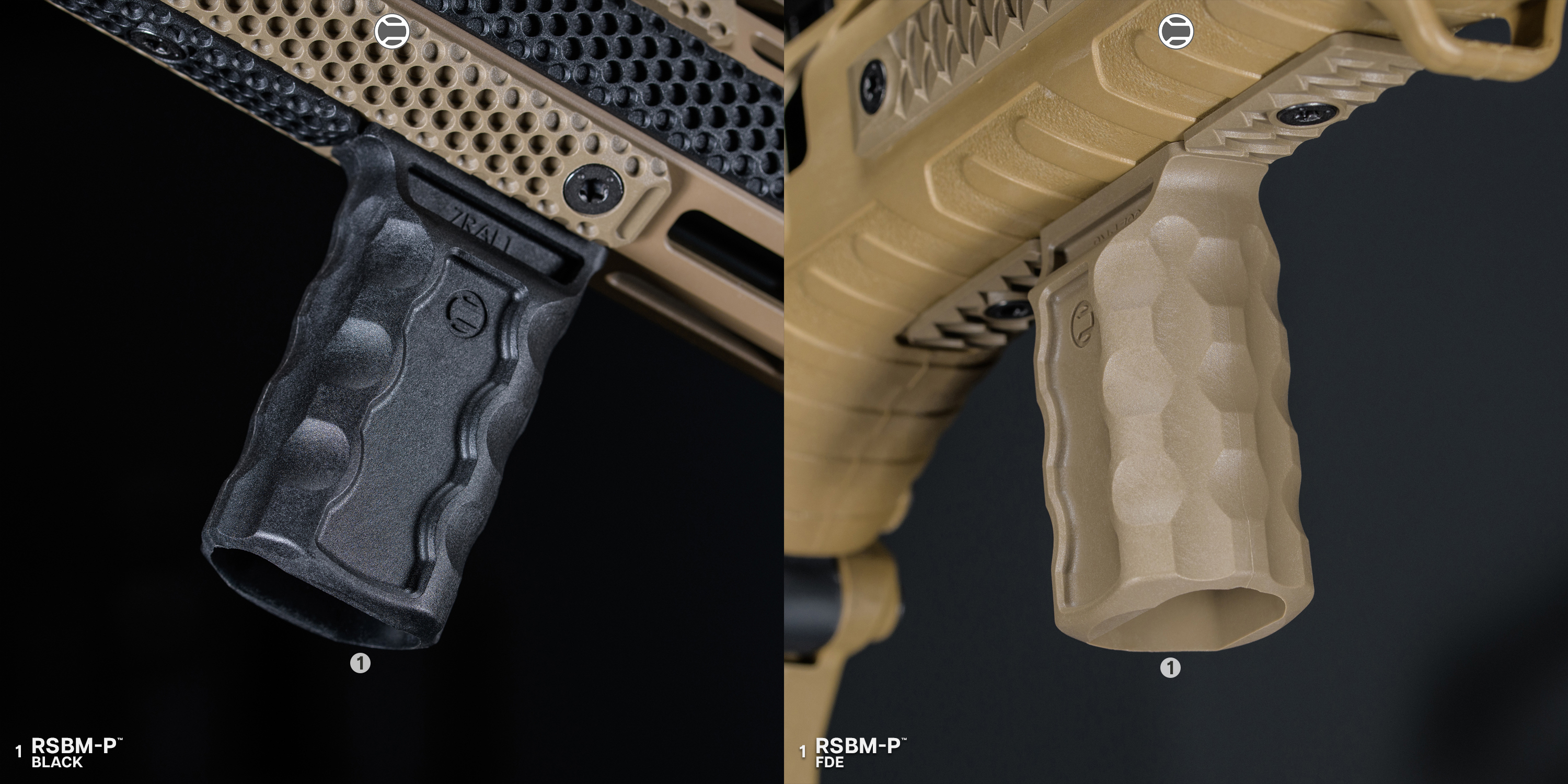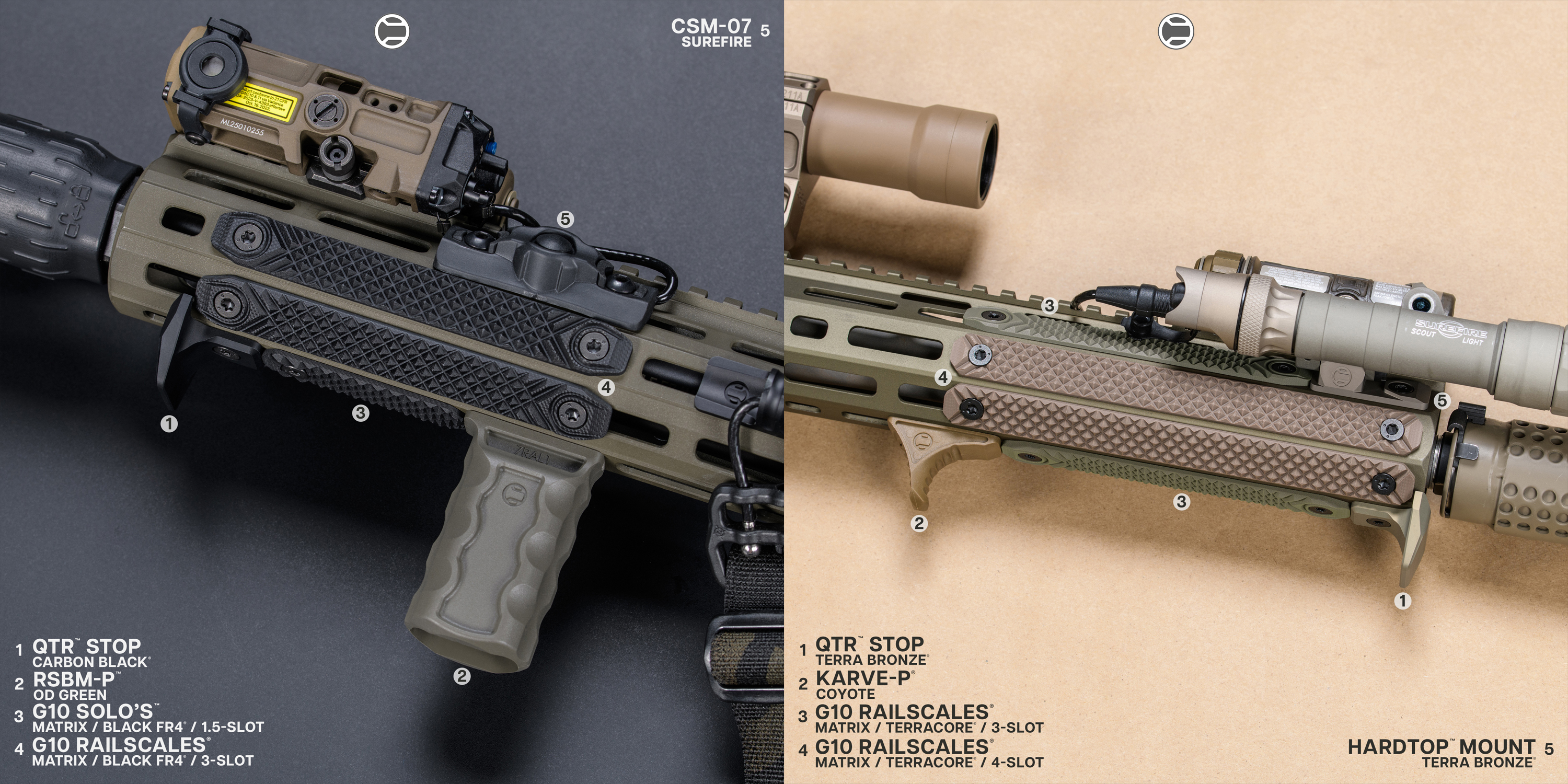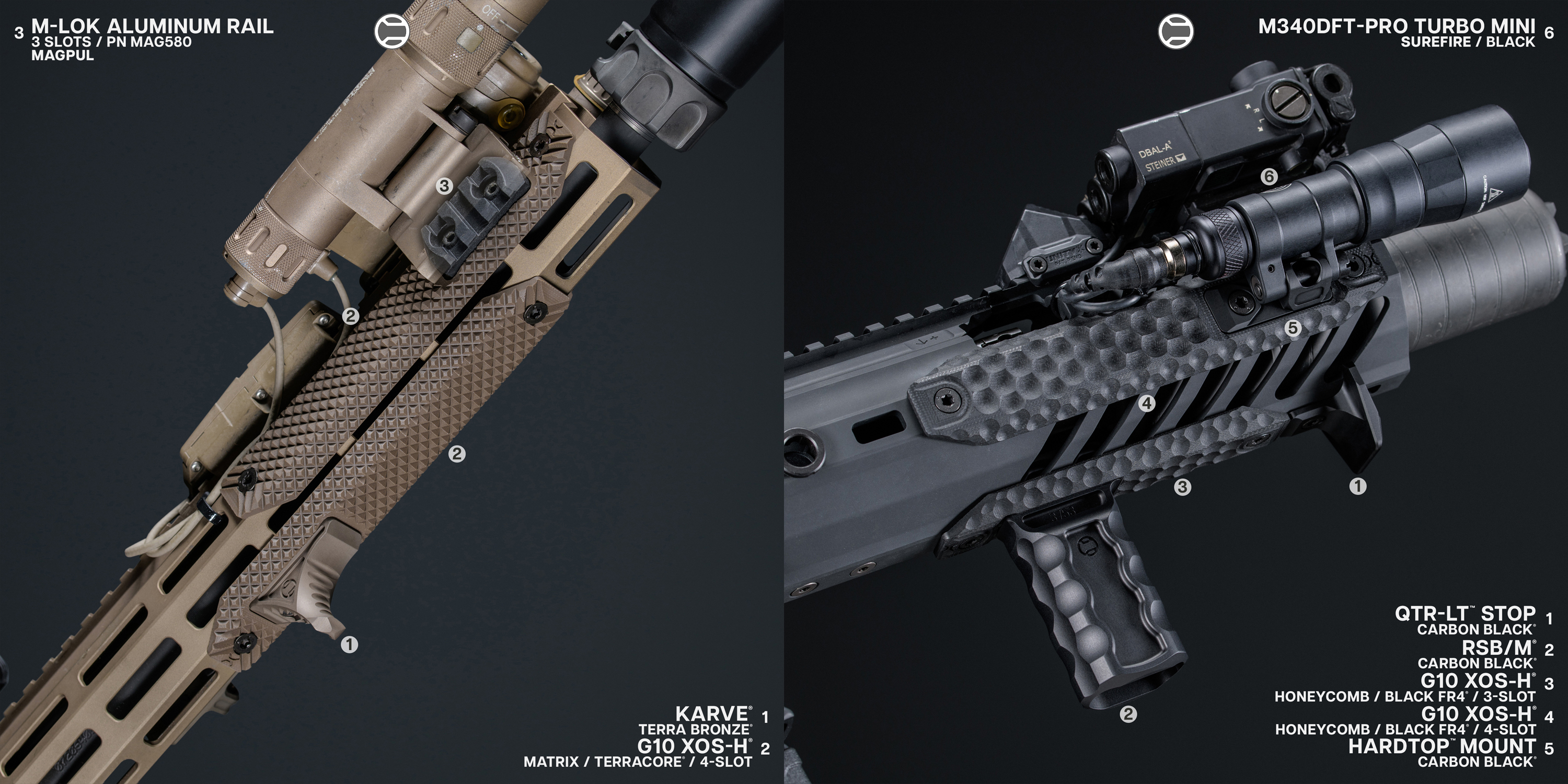How to Test Mechanical Offset on Your AR-15
Testing for mechanical offset is easy and requires minimal gear—but it does require a disciplined process.
Step 1: Measure the Offset
Use a caliper or ruler to measure the distance from the center of your optic to the centerline of your barrel. This is your rifle’s physical offset—usually between 1.5 and 2.75 inches, depending on optic height and riser mounts.
Step 2: Gather Ammo & Hit the Range
Take at least 50 rounds of your preferred ammo to the range and set up at various distances:
-
3 yard
-
7 yards
-
10 yards
-
15 yards
-
25 yards
At each distance, fire three-round groups while aiming at the exact center of a clean target. You’ll likely notice the rounds hit low at closer distances and begin to converge with your aim point as the distance increases.
Step 3: Compensate for the Offset
Set up a second clean target. This time, instead of aiming dead center, hold your aim point the same number of inches above center as your measured offset. Fire another round of three-shot groups at each distance. Now you’ll see how aiming with offset compensation affects your accuracy.
Over time, you’ll learn how to “hold high” at close distances to maintain consistent point-of-impact, whether you’re running a red dot, LPVO, or prism optic.
Which Setups Need Offset Testing?
Not every AR-15 shooter will need to worry about offset in the same way. However, if you're running any type of optic other than iron sights, you absolutely need to account for it.
Optic Systems That Require Offset Testing:
-
Red dots / reflex sights
-
Holographic optics (e.g., EOTech)
-
LPVOs (low-power variable optics)
-
Prism scopes
-
Magnifiers behind optics
Each optic sits at a different height, and if you use multiple optics across different AR builds, it’s important to test offset individually for each setup.
How RailScales Accessories Enhance Accuracy & Offset Control
While mechanical offset is addressed with proper zeroing and holdovers, your control interface matters just as much. That’s where RailScales shines.
Here’s how our premium AR accessories help you optimize performance:
● Karve® & Karve-P™ Handstops
These bi-directional handstops provide a consistent indexing point for your support hand, making grip repeatability second nature. Consistent grip means more consistent point of aim—helping you mitigate errors introduced by offset, especially in fast-paced shooting.
● RSBM-P™ Vertical Foregrip
Compact and lightweight, this vertical grip gives enhanced control during transitions and recoil cycles. Less wobble during shooting = tighter groups, regardless of mechanical offset.
● RailScales® G10 Panels
Made from heat-resistant G10 and precision machined to exact tolerances, these panels keep your hand placement consistent while minimizing heat transfer during long range sessions. Repeatable grip leads to repeatable accuracy—simple as that.
● XOS-H™ Rail Panels
Our largest G10 scale offering, XOS-H panels provide increased surface area and grip for refined recoil management and support hand stability. Perfect for extended shooting sessions where fatigue can impact your offset compensation technique.
FAQ: Mechanical Offset & Your AR-15
Q: Does mechanical offset affect zeroing?
A: Yes, your sight is zeroed at a particular distance (usually 50 or 100 yards), but due to mechanical offset, your point of impact will be lower at close distances unless compensated for.
Q: Will mechanical offset vary between rifles?
A: Absolutely. Different optics, risers, and rail heights affect the offset. Always measure and test your specific setup.
Q: How do I remember where to aim under stress?
A: Train consistently. Many shooters use a mental holdover rule (e.g., “Hold 2 inches high inside 10 yards”) that becomes second nature.
Q: Can a handstop help with mechanical offset?
A: Yes, a consistent grip improves muscle memory, ensuring your aim point is predictable. Products like the Karve® are designed exactly for this.
Q: Is there a way to eliminate offset entirely?
A: Not unless your optic is barrel-mounted—which isn’t realistic on an AR-15. Offset is a fixed mechanical property, but it’s easily compensated for with training.
Final Thoughts On AR-15 Mechanical Offsets
Mechanical offset is one of the most overlooked fundamentals in AR-15 marksmanship—but understanding it can instantly make you a more precise and confident shooter. Whether you're zeroing a new red dot or refining your CQB game, learning how to test and compensate for offset is a valuable skill.
RailScales helps you take it a step further with purpose-built accessories that improve grip consistency, control, and firearm ergonomics. Looking to level up your AR platform? Browse our full selection of handstops, vertical grips, rail panels, and more at www.railscales.us.
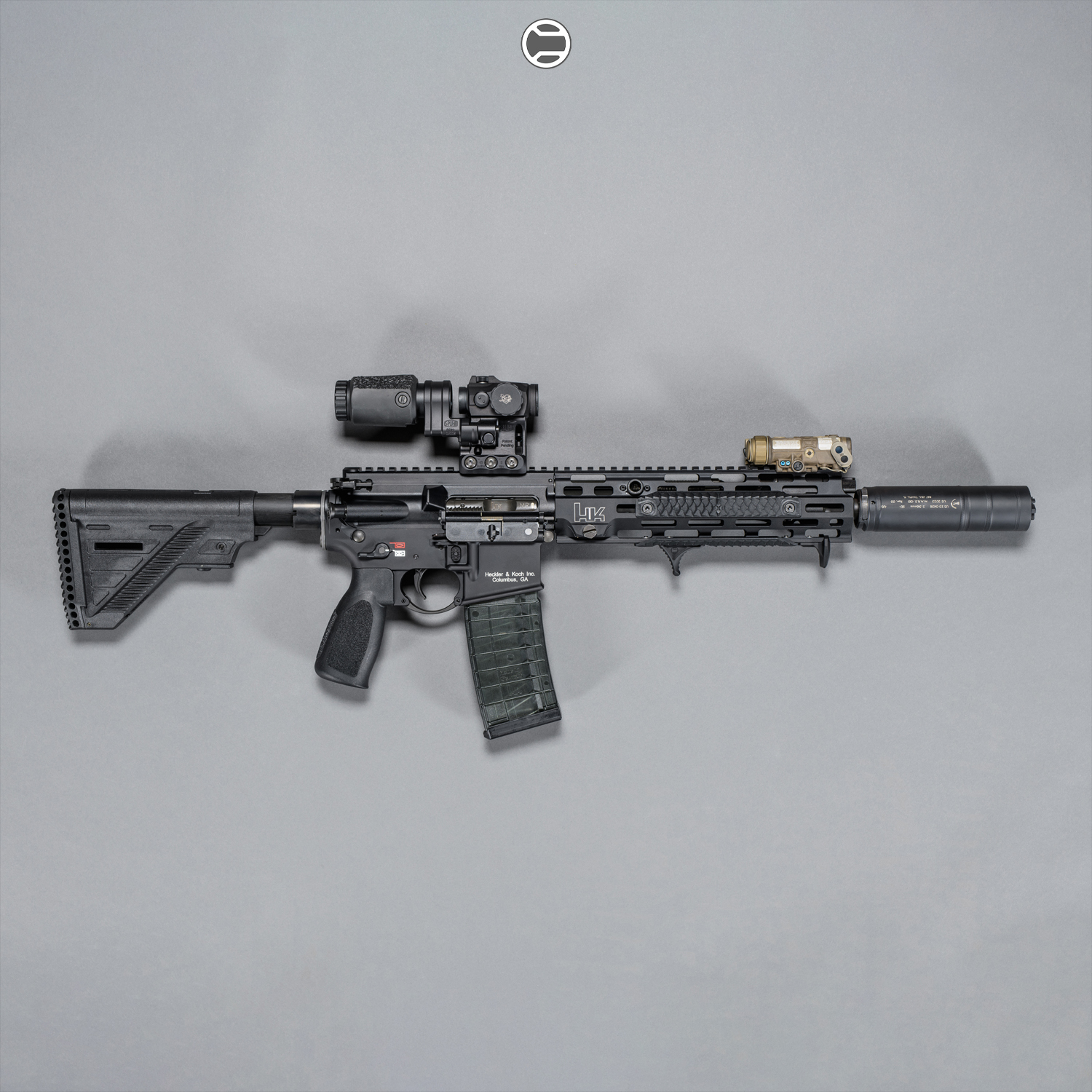
Disclaimer:
This blog content was generated by a human and with the aid of artificial intelligence. It may contain errors or inaccuracies and should not be relied upon as a substitute for professional advice. This content is for SEO/entertainment purposes only and the views expressed in this content does not necessarily reflect the views of RailScales LLC. For more information, please refer to bullet point #13 on our FAQ.


